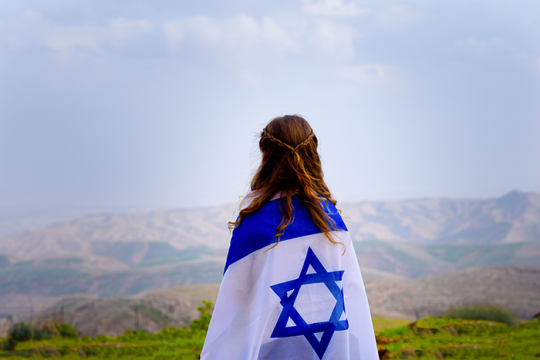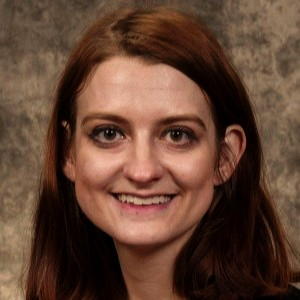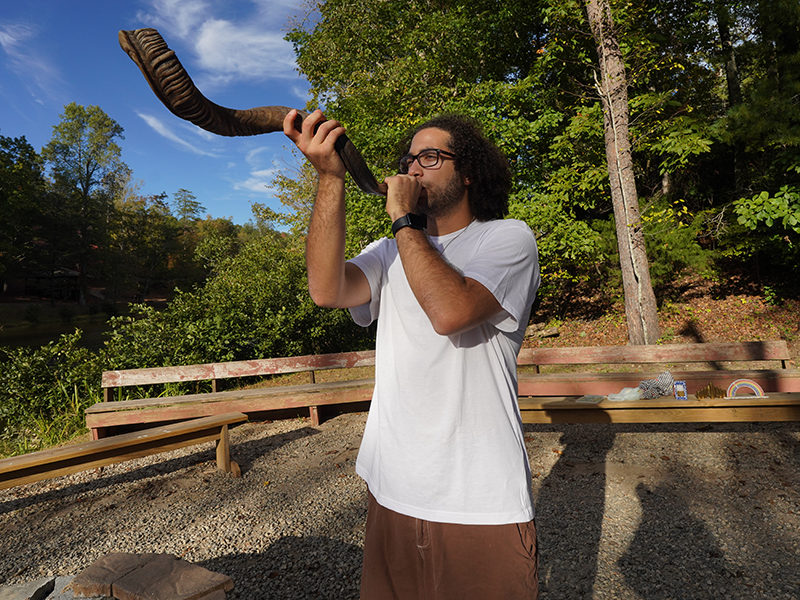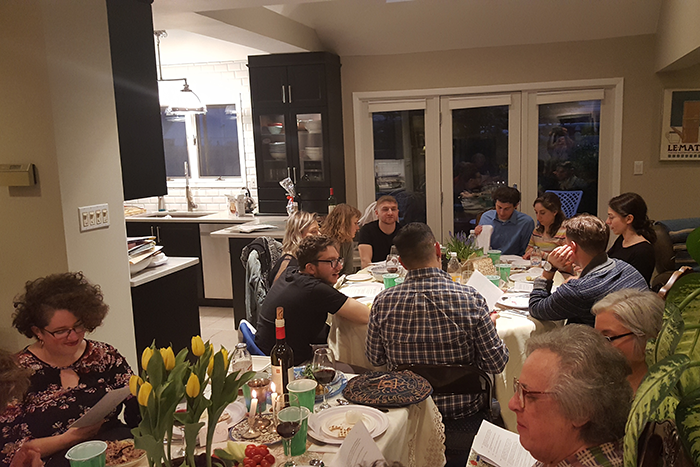
As you prepare for your community seder, you have likely given thought to which children will be asking the Four Questions. However, the seder presents everyone with opportunities to dig deep into what Passover means for us.
Below are 35 questions that will help spur lively discussion and reflection among young and old alike at your seder. These questions could be posted around your space, with participants being given pens or markers to write their responses; they could be printed on table tents, guiding each table's discussion; or they could be projected on a screen throughout the seder while opening the floor for responses from everyone.
Regardless of how you choose to use this guide, we wish you a meaningful and happy Passover!
Kadeish: Sanctification
1. Wine traditionally signifies joy. What makes this seder joyful for you?
2. As we chant the first blessing, we sanctify the day. What is sacred about this time?
3. We customarily recline to the left to bless the wine, celebrating the luxury of freedom. What freedom are you celebrating?
Karpas: Greens/Vegetable
4. Karpas symbolizes hope for the future. Jewish tradition always embraces hope, even during uncertain times. What are you hopeful about? Why?
5. What experiences in your life have given you hope?
6. When were you successful in a struggle to change? What did you learn?
Magid: The Story
7. What moment in the Exodus story would you love to experience with the Israelites? Why?
8. Where do you see bravery in this story?
9. Why is it important to retell this story every year?
10. How does the Exodus story shape your outlook on the world?
The Four Questions
11. What are some questions you're asking tonight?
12. Which of the Four Questions resonates most strongly with you this year? Why?
13. Traditionally, the youngest person at the seder asks the Four Questions. If you were to create a new tradition, who would you choose to ask the questions? Why?
The Four Children
14. The Four Children could be perceived as four personalities within every person. When and how do you see each of these children in yourself?
15. One way to look at the text is very literal: In our lives, each of us knows people who embody each of these four attributes or display them with some regularity. Who in your life might be wise, wicked, simple, or unsure how to ask?
The Ten Plagues
16. What makes you uncomfortable about the Ten Plagues?
17. How can we understand the celebration of our own freedom in light of the pain that the plagues caused others?
18. How do we reconcile celebrating when members of our community are suffering?
"Dayenu"
19. What are you grateful for this year?
20. What moments of gratitude can you share - even on the days when you feel like you've had enough?
21. Throughout the last year, what have you learned about yourself and your ability to find gratitude in difficult times?
22. If you could add a verse to "Dayenu" this year, what would it be?
Maror, Charoset, and Koreich
23. We eat bitter herbs twice before eating the meal. How does tasting the bitterness increase our enjoyment of the sweet?
24. Has there been an experience in your life that was bitter at first but, in retrospect, feels sweet?
25. When in your life have you experienced bitter and sweet simultaneously? What did you learn from this experience?
26. What are the origins of your favorite charoset recipe?
Shulchan Oreich: The Meal
27. What's your go-to main course on Passover? Why do you return to this dish year after year?
28. Share a story about a dish on your seder table.
Finding the Afikoman
29. Though the afikoman represents our liberation from slavery, other types of slavery and oppression still persist today. What will you commit to this year to support the liberation of those oppressed by other forms of bondage?
30. The afikoman reminds us that what is broken can be repaired, and what is lost can be found. What are some things you hope to find and repair before we meet again for our seder next year?
31. What strategy did you use to find the afikoman? What skills did you use?
Hallel, Miriam, and Elijah: Moments of Praise and Hope
32. We open the door to welcome Elijah in order to usher in hope for the future. What do you think Elijah needs to bring this year?
33. What can we do this year to help bring hope to the world?
34. What can we do to share praise like Miriam?
Nirtzah: Looking Ahead
35. We conclude our seder looking toward next year. What do you hope for next year's Passover?
Related Posts
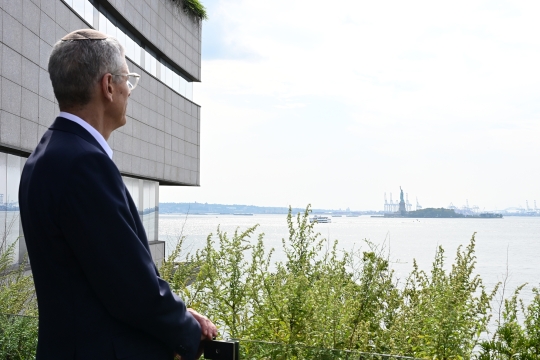
A Message for Rosh HaShanah 5786
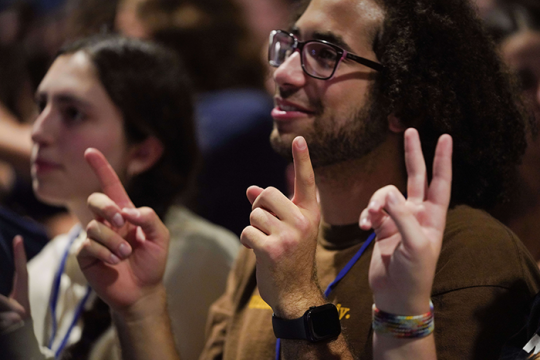
Wisdom Across Generations: Leading for Tomorrow
